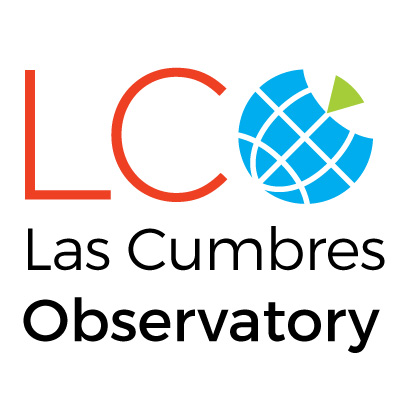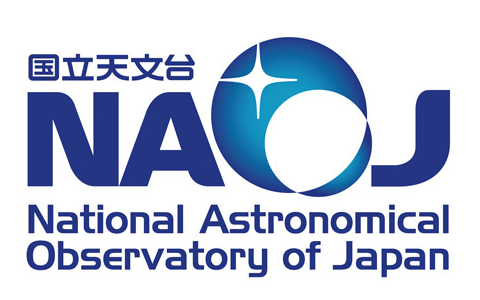Did you know that it is almost impossible to know when and where the next FRBs will appear? Thanks to WSRT’s supercomputer called the Apertif Radio Transient System (ARTS) that specifically looks for such short, bright and distant FRBs, astronomers can now study these cosmic fireworks and extreme objects in great detail.

Not so long ago, astronomers began to detect short and bright flashes of mysterious radio light playing peekaboo in our Universe. Could these be important messages from life in other worlds? Er…Not really!
These flashes are known as Fast Radio Bursts (FRBs). Even though these are not DMs from aliens, astronomers find it thrilling to study FRBs as they are windows to some of the most extreme environments known in our Universe.
FRBs happen so fast that they last only for about 1 millisecond, almost 100 times faster than the blink of an eye! These bursts are so powerful that they produce more energy in 1 millisecond than the Sun does in a month.
A team of astronomers from the Netherlands have been closely looking for FRBs using the Westerbork Synthesis Radio Telescope (WSRT) for almost three years and they found two dozen new FRBs! Where are these bursts coming from and what’s producing them?
The team began to study these new FRBs in great detail and made a striking discovery. The way these radio bursts originated and changed in shape as they traveled in space was similar to those emitted by young, magnetic neutron stars floating in our cosmic neighborhood. Here is the twist! The newly found FRBs shine a billion times brighter than the nearby neutron stars, hinting that these new bursts must be coming from far outside our Milky Way — at least one billion light years away. ‘Found me’, quotes one of the distant neutron stars.
Image: Illustration of the new Fast Radio Bursts likely emitted by young, magnetized and highly energetic neutron stars discovered by the Westerbork telescope. Credits: van Leeuwen/ASTRON




















